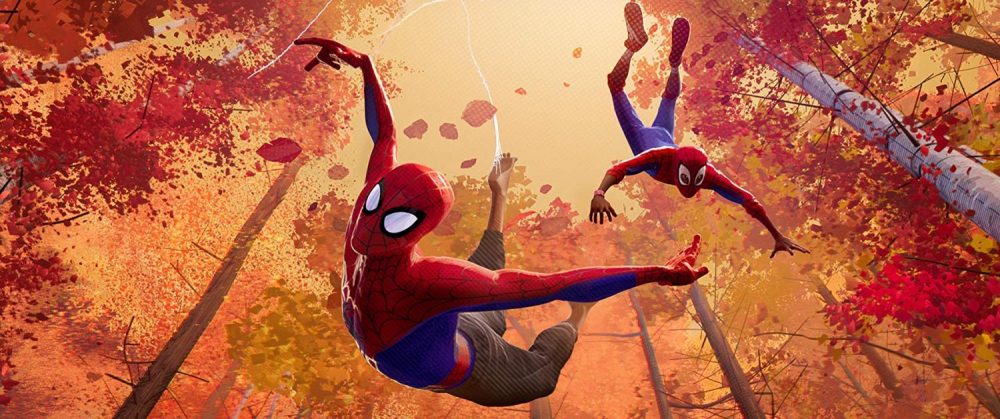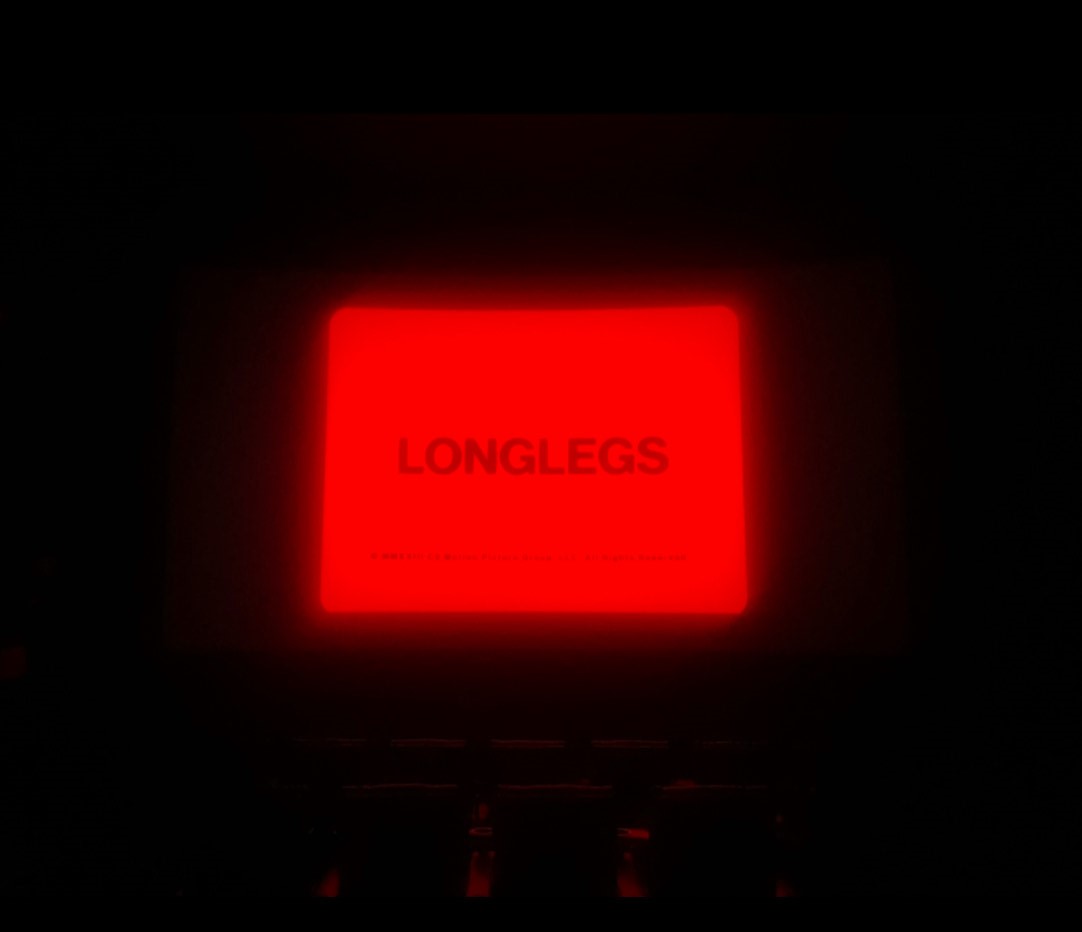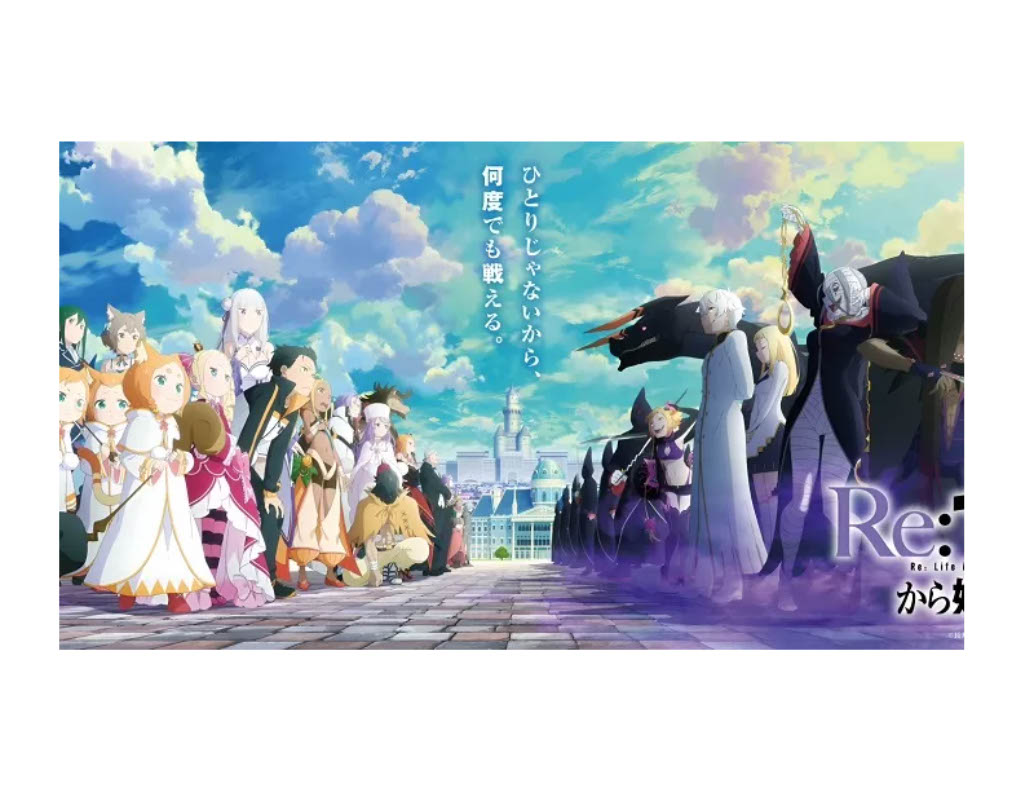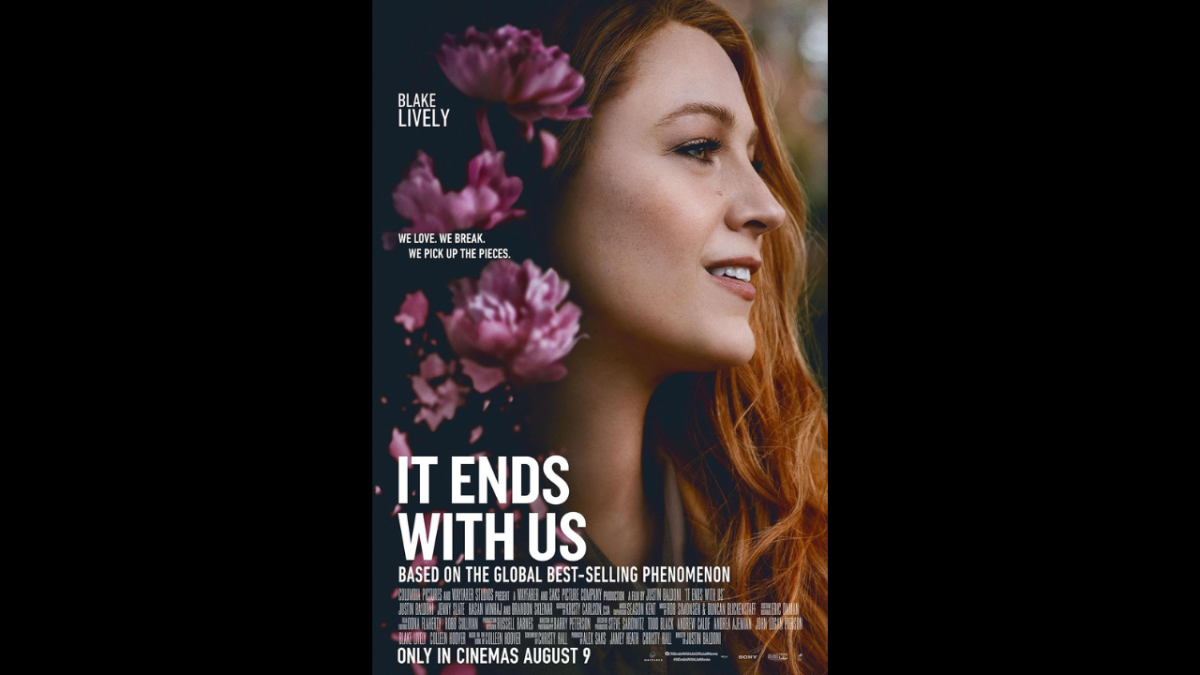In an era dominated by 3D animation, we should not forget to appreciate other amazing films that have successfully taken on different animation approaches.
Society has grown very comfortable with 3D animation, and this has caused a narrow-mindedness when it comes to animation in general. When an animated film is released, people are more likely to see the film is it’s in 3D. Animation styles outside of the 3D box (and there are many) are not as openly received and are often thought of as strange and too different to be popular, and that needs to change.
The world of animated films has become very predictable, with most of its most popular films within the last 20 years created by Pixar and Dreamworks.
“Frozen” was wildly popular and was one of the highest grossing animated films of all time. The “Toy Story” franchise is still going strong with a fourth movie releasing this summer. Dreamwork’s “How to Train Your Dragon” recently released the third movie in its franchise and has gained much popularity over the years.
Through decades of cinema, animation has changed significantly and is only getting more unique, creative and realistic. The evolution of animation would not have been possible without creators and directors taking creative risks.
Disney’s “Sleeping Beauty,” released in 1959, was one of the first animated films to take a risk in traditional animation.
“Sleeping Beauty” was unique because unlike Disney’s previous material, it emphasized the backdrops. They were painted to look like medieval tapestries and they used longer frames to emphasize the vast spaces they wanted viewers to experience while watching the film
In “5 Centimeters per Second,” released in 2007, 2D Japanese anime is brought to mundane, real life settings in Tokyo, creating an interesting effect that brought together dullness and vibrancy, since you are watching colorful 2D drawings move through the dull grayness of real life Tokyo.
“Loving Vincent,” released in 2017, was one of the most interesting animation projects I have ever seen. “Loving Vincent” was originally filmed as a live action film in front of a green screen, with real actors.
The idea was to rotoscope the individual pieces of footage onto a canvas for each frame, but this progressed into a four year process, in which artists oil painted each frame by hand, which resulted in nearly 65,000 painted frames.
This animation style was so fascinating because the frames were painted in the style of Vincent van Gogh himself, and brought his artistic style to life with vibrancy and realism.
When people see a movie, we want an element of surprise and awe. There is always that one animated movie that comes along every couple of years that surprises us and is different than anything we’ve ever seen.
The perfect example of this was “Spider-Man: Into the Spider-Verse,” recently released in 2018. This film brought in an animation technique never before seen, and won the Oscar for best Picture at the 2019 Academy Awards.
It was created to look like a 3D comic book come to life with vibrant colors and realistic details. “Into the Spider-Verse” was entirely innovative and different without sacrificing what audiences love about traditional 3D animation.
I want to start seeing even more animated films testing the limits and breaking out of typical 3D animation norms. I also hope that as 3D animation continues to dominate American film culture, that other forms of animation will be better received and appreciated, because these filmmakers have really done it right and deserve their films to gain more popularity.














